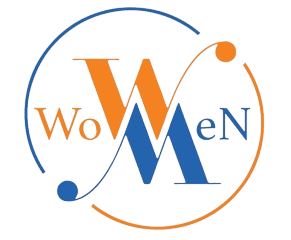(FAQs) about Stretch Marks Removal
While it’s challenging to completely remove stretch marks, various treatments can help reduce their appearance. Early intervention and a combination of therapies may yield better results.
Stretch marks often occur during periods of rapid skin stretching, such as pregnancy, puberty, rapid weight gain or loss, and certain medical conditions.
Good candidates typically include individuals with recent stretch marks, non-pregnant individuals, those in good overall health, with realistic expectations, and without active skin infections or conditions. Non-smokers and individuals with stable weight are also preferable candidates.
Common treatments include laser therapy, microdermabrasion, chemical peels, and topical creams. The choice of treatment depends on factors such as the age of stretch marks, skin type, and individual preferences.
Some over-the-counter creams and oils may help improve the appearance of stretch marks, but their effectiveness varies. Prescription creams or medical procedures tend to be more potent for significant results.
The level of discomfort varies depending on the type of procedure. Topical treatments and creams are generally less painful than laser therapy or microdermabrasion, which may cause some discomfort. Local anesthesia may be used for more invasive procedures.
Results vary from person to person and depend on the chosen treatment. Some individuals may see improvement after a few sessions, while others may require more time. Patience is crucial, and follow-up treatments may be necessary.
When performed by qualified professionals, most stretch mark removal treatments are considered safe. However, there may be some risks and side effects, which should be discussed with the healthcare provider before undergoing any procedure.
While treatments may reduce the appearance of stretch marks, they may not prevent new ones from forming, especially if the underlying cause persists (e.g., pregnancy, weight fluctuations). Maintaining a stable weight and proper skincare can help minimize the risk of new stretch marks.
In most cases, stretch mark removal is considered a cosmetic procedure and is not covered by insurance. It’s essential to check with the healthcare provider and insurance company for specific details.
